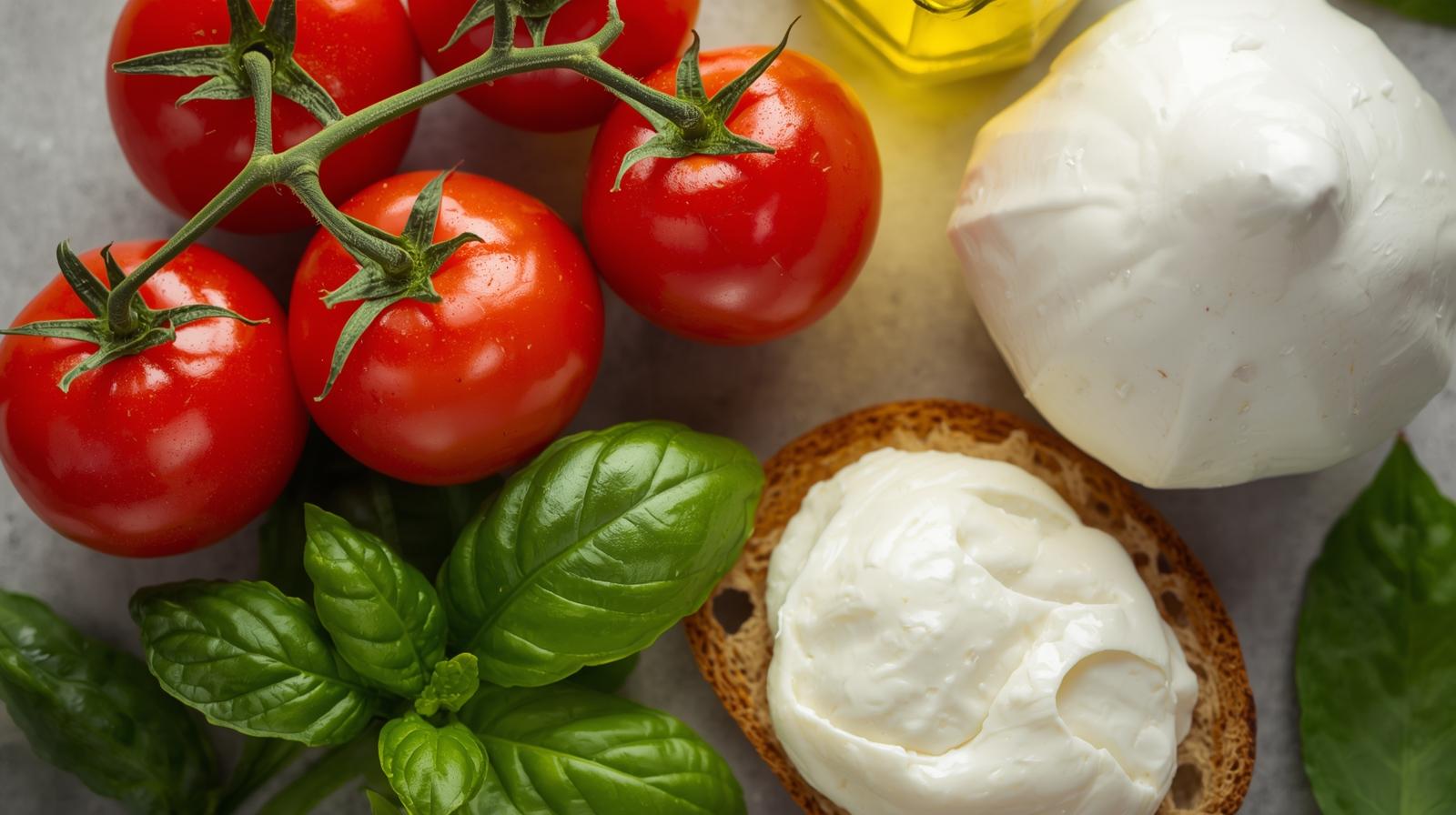
Bruschetta in Pregnancy — Safe When Fresh, Pasteurized, and Clean
Few things taste as fresh as crispy toast topped with juicy tomatoes, basil, and olive oil. Bruschetta, a classic Italian appetizer, can be perfectly safe in pregnancy when handled hygienically and served right away. The key is attention to detail — the same principles that underlie global pregnancy food-safety guidance: cleanliness, separation, thorough cooking where needed, and temperature control. [6]
The Ingredients That Matter Most
Bruschetta is simple — but every component needs to be safe:
- Bread: Toast or grill slices until crisp. Avoid raw dough or soggy bread that sat at room temp too long. [5]
- Tomatoes: Wash under running water before dicing. Skip pre-chopped mixes sold open in markets. [4] [6]
- Cheese: Choose pasteurized mozzarella, feta, or ricotta. Cook soft cheeses if unpasteurized. [1]
- Herbs & Garlic: Fresh basil and garlic are fine; just wash leaves and avoid moldy bulbs. [6]
- Deli meats (optional): Prosciutto or salami must be reheated to 74 °C / 165 °F before topping. [3]


